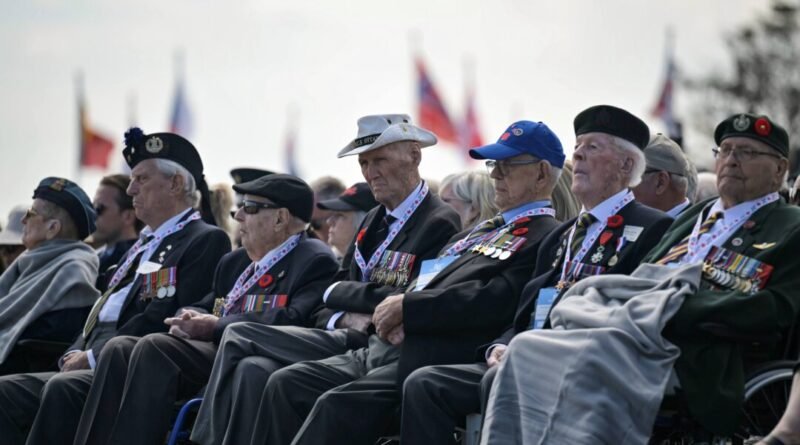The Long-lasting Impact of Canada’s D-Day Legacy | The Epoch Times
Commentary
Canadians recently observed the 80th anniversary of the D-Day landings at Normandy. This event holds great significance in Canadian history, and it is essential to comprehend the efforts that Canada made to earn its place on the battlefield.
On June 6, 1944, the Allies carried out the largest military landing in history with a massive naval, air, and land assault on Nazi German’s Atlantic Fortress. Among the forces storming the Normandy beaches that day, 30,000 Canadian soldiers, sailors, and airmen made up a significant portion. Their presence was not symbolic; it was crucial for achieving victory. This was a remarkable achievement, especially considering the state of Canada’s military just five years prior.
When Canada entered the war against Germany on Sept. 10, 1939, it had a population of 11 million with virtually no armed forces. The country had minimal military resources, with one weak army brigade and a tank regiment lacking actual tanks. The Royal Canadian Air Force possessed only one modern fighter squadron, and the Royal Canadian Navy had a mere six destroyers. Prime Minister William Lyon Mackenzie King had neglected military readiness due to his belief that another European war like World War I was improbable.
It wasn’t until Hitler’s conquest of France in June 1940 that Canada realized the imminent threat. In response to Britain’s impending surrender, Ottawa took action. Substantial increases in defense spending enabled the establishment of a capable Canadian army, navy, and air force to assist Britain in combating Hitler. The National Resources Mobilization Act granted the federal government authority to control the wartime economy. The majority of Canadians, who were still very pro-British at that time, energetically supported the war effort. They accepted strict rationing, invested in war bonds, and enlisted in the armed forces.
By the early 1940s, Canada was wholeheartedly engaged in the war effort. Canadian shipyards produced corvettes and frigates for escort duty and anti-submarine operations. The country also contributed significantly to the British Commonwealth Air Training Plan, training thousands of pilots and airmen. Canada’s land forces grew to the extent that they were organized into the First Canadian Army, with units deployed in Italy and the UK, poised to participate in the Normandy invasion.
Canadian Military Commander in Normandy, British General Bernard L. Montgomery, held a high regard for the expanded Canadian military capabilities. Having previously commanded Canadian troops in Italy, he admired their combat skills. This led him to assign a separate beach to the Canadian landing force in Normandy. Despite fierce resistance, the D-Day landing at Juno Beach resulted in 381 Canadian casualties and 715 injured or captured. Nevertheless, the Canadians secured the beach and pushed inland, initiating the downfall of Hitler’s grip on western Europe. Considering Canada’s starting point in 1939, its role in the war by its conclusion was truly remarkable.
The question looms: Could modern Canada rise to a challenge equivalent to that of World War II? Unfortunately, the Canadian Armed Forces currently face challenges, including aging equipment, recruitment issues, and a lack of government emphasis on military achievements. However, history shows that Canada has overcome stagnation before.
Standing near Juno Beach is the Juno Beach Centre, a remembrance site marking the Canadian landing 80 years ago. Across former battlefields where Canadian forces fought, numerous memorials and plaques pay tribute to their sacrifices. Reflecting on the critical role played by Canadian soldiers in this historic event reminds us of the significance of Canada’s contribution.
Normandy stands as one of Canada’s defining moments, and its lessons should not be forgotten.
The original, longer version of this story first appeared in C2C Journal.
Views expressed in this article are opinions of the author and do not necessarily reflect the views of The Epoch Times.






